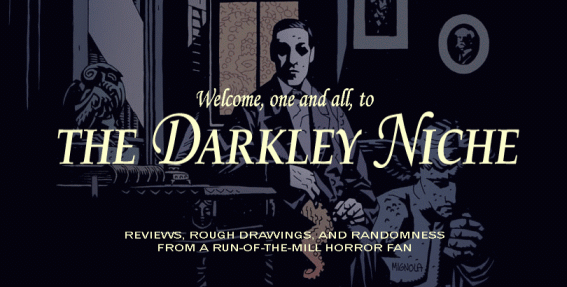
It's rather apparent that these two claymations were made by different creators, judging both in their varying storytelling styles and the appearance of the animations themselves. The overall tone of the first claymation is more dramatic and done at a slower, building pace, which works well in its favor with the "silent" theme of the film. ("Silent" in that there are no voices given to the characters, only subtitles. However, background music and sound effects are present.) We're drawn in with devices such as the subtle cue in the newspaper articles and the mysterious appearance of a frightened, bloodied woman at their door. Given the previously mentioned remarks, added to the Asian overtones of the short film, it almost has a feel like that present in some of the
'Resident Evil' games with a helping of Romero's
'Night of the Living Dead'. But perhaps we're reaching a little, there.
The sequel claymation, however, is at best a caricature of the former. Scenes like the unbuttoning of the maid's blouse, which originally had an air of secretive taboo, become as outright cartoonish as Tex Avery's "Red Hot Riding Hood." Not to mention that the figures and sets seem a tad on the crude side, particularly when compared to the first. But this rougher aesthetic plays well as an accent to its grittier, gorier theme. The violence becomes a little more creative and the body count much, much higher. Fans of
'The Evil Dead' franchise or
'Braindead' can certainly appreciate this one. As for the Asian overtones, if we can liken the first to the
'Resident Evil' games, this would be the less provocative, Western second-cousin of
'Big Tits Zombie'. Little remains of the original animation's Eastern influence, which is reduced simply to a few, gong-cued subtitles. Needless to say, we had mixed feelings towards the sequel.
'Chainsaw Maid' and
'Chainsaw Maid 2' earn a combined score of three out of five maids.

WARNING: The following animations contain
extreme violence, albeit in clay. Viewer discretion is advised.












